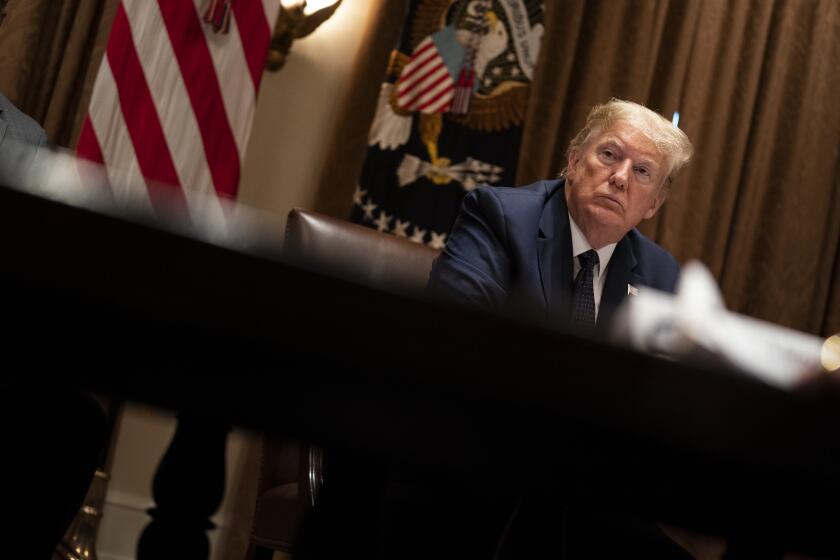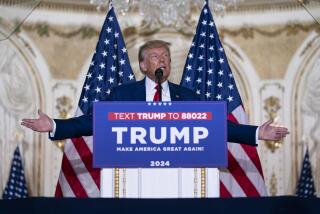Trump targets California in latest attack on mail-in voting
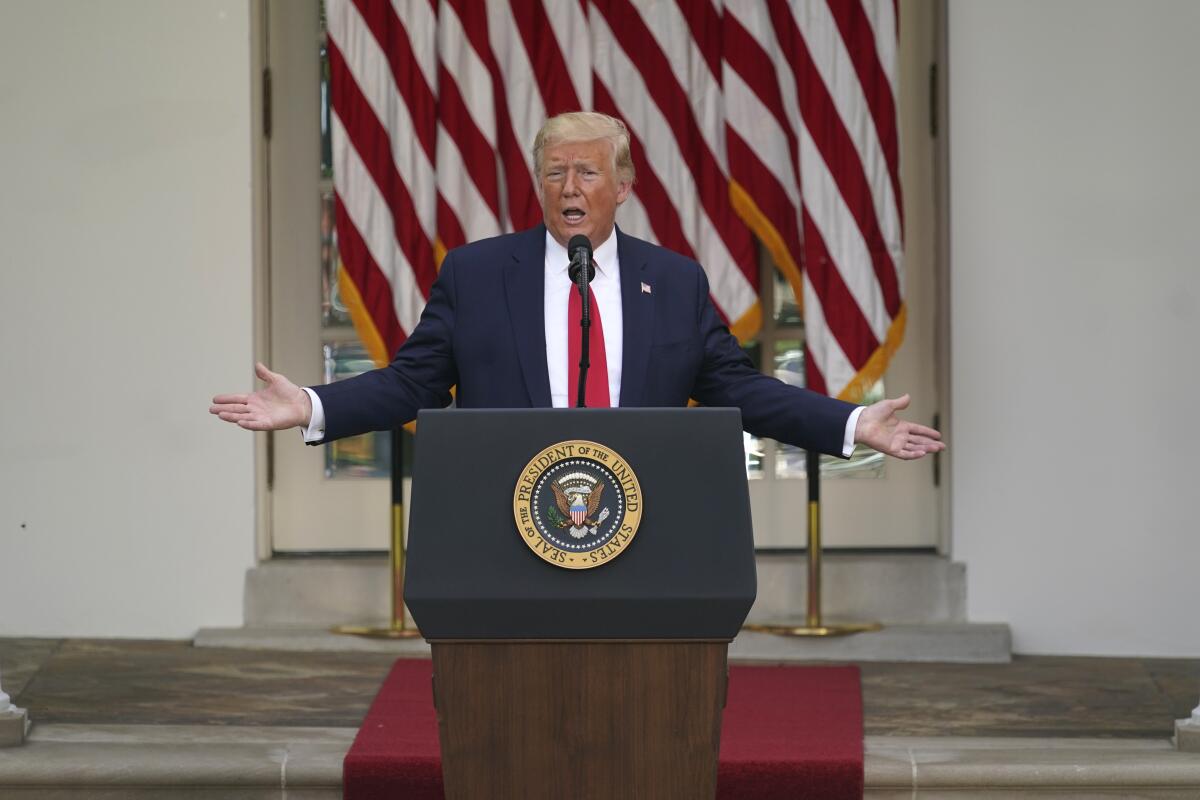
WASHINGTON — Facing a potentially difficult path to reelection, President Trump on Tuesday expanded his attacks on states using mail-in ballots, a scorched-earth campaign that could undermine confidence in the democratic process as the novel coronavirus threatens to make in-person voting more dangerous.
The president targeted California in particular, where Republicans are suing Gov. Gavin Newsom, a Democrat, to block his plan to send mail ballots to every registered voter.
Trump falsely accused the state of distributing ballots to “people who aren’t citizens, illegals” and “anybody who is walking or breathing.” Citing no proof, he warned that people would print fake ballots and send them in “by the hundreds of thousands.
“When that starts happening, you have a rigged system,” he said in the White House Rose Garden. “And that’s what would happen.”
Democrats and voting-rights activists accused Trump of deliberately sowing mistrust about the integrity of U.S. elections and turning ballot access into another partisan flashpoint as Americans worry about how they can safely participate on Election Day.
In recent days, Trump fired another inspector general, attacked a federal judge, demeaned a whistle-blower, and slammed reporters who check his facts and performance. Instead of presidential leadership during a crisis, critics saw a deliberate campaign of disinformation and distraction.
Last week Trump denounced plans to distribute mail ballot applications in Nevada and Michigan as “illegal” and threatened to “hold up” unspecified federal funding to the Democrat-led states.
At the same time, Republican leaders around the country are running aggressive field operations to encourage supporters to cast ballots by mail, a practice that has been widespread for years, with only rare cases of fraud.
But Trump again insisted that distributing mail ballots contributes to illegal voting.
“There is NO WAY (ZERO!) that Mail-In Ballots will be anything less than substantially fraudulent,” Trump tweeted earlier Tuesday. “Mail boxes will be robbed, ballots will be forged & even illegally printed out & fraudulently signed.”
Twitter for the first time added a disclaimer to the bottom of the president’s tweet, urging voters to “get the facts about mail-in ballots” and providing research as to why Trump’s claims are baseless.
Trump responded by accusing Twitter of “interfering in the 2020 Presidential Election.”
Even though the company did not delete the president’s tweets or even label them as false, Trump said, “Twitter is completely stifling FREE SPEECH, and I, as President, will not allow it to happen!”
With surveys showing the president trailing Joe Biden, the presumptive Democrat nominee, and voters unhappy about his handling of the coronavirus crisis, Trump has increased his complaints that the November election could be unfair to him.
“If he loses the election, he can blame it on fraud,” said Rick Hasen, a voting expert and political science professor at UC Irvine. “A more nefarious explanation is that he’s trying to cast doubt on the legitimacy of the election in case he wants to contest it, or if he wants to undermine any Biden victory.”
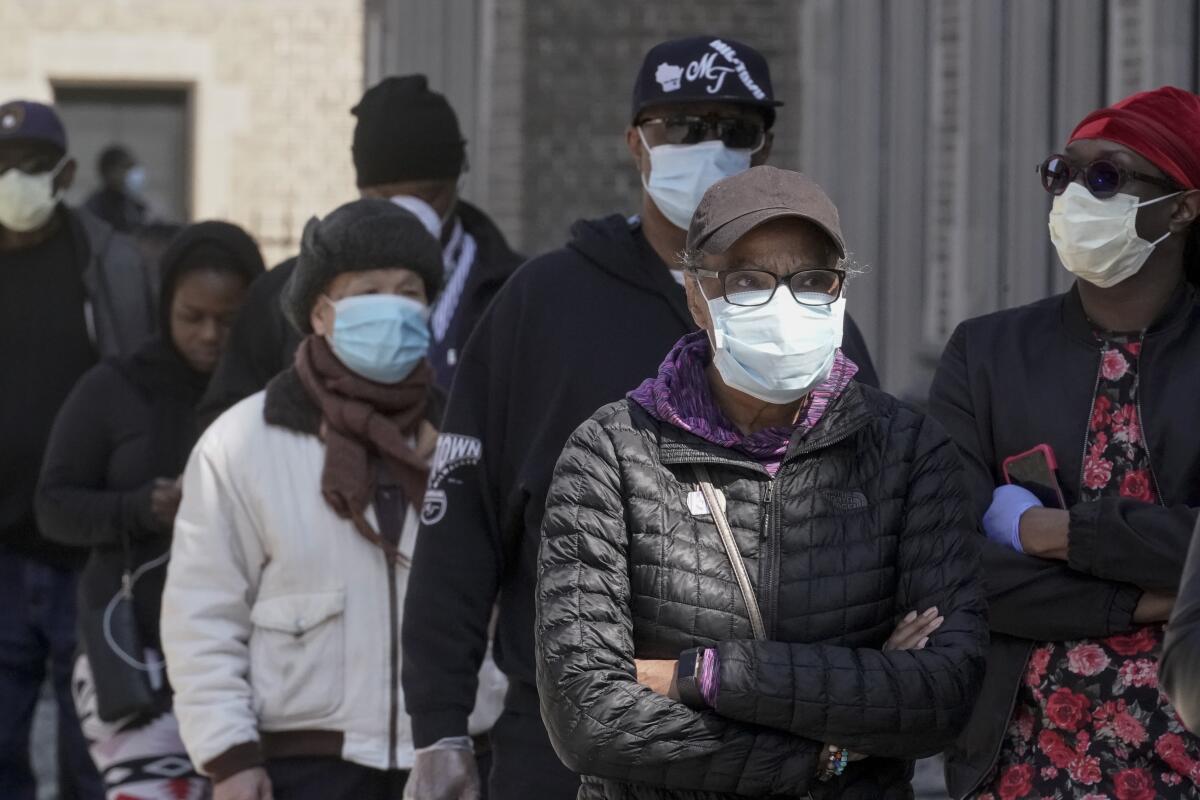
Even as the U.S. death toll from COVID-19 neared 100,000, Trump spent recent days tweeting conspiracy theories about nonexistent voting fraud, a supposed sinister plot led by former President Obama to sabotage his administration and other falsehoods.
Perhaps Trump’s most malicious tweets targeted Joe Scarborough, an MSNBC host whose once-chummy relationship with the president has soured. Trump repeatedly suggested that Scarborough killed an intern in 2001 while he served as a Republican congressman from Florida.
A medical examiner concluded that the woman died from an un-diagnosed heart condition, but false theories have lurked in dark corners of the Internet. Trump amplified them, tweeting that police should “open a Cold Case on the Psycho Joe Scarborough.”
The woman’s husband asked Twitter to delete the tweets, accusing the president of taking “something that does not belong to him — the memory of my dead wife — and perverted it for perceived political gain.”
Twitter refused, and Trump did not relent.
“I hope somebody gets to the bottom of it,” Trump said Tuesday in the Rose Garden, adding that there’s no statute of limitations on murder charges.
False claims about voter fraud have been a regular feature of Trump’s conspiracy theories — even in the election that he won.
Despite sophisticated tools to detect and track disinformation, Democrats still fail at confronting false content. A major tactical shift is underway.
When he was widely expected to lose the 2016 race, he accused Democrats of trying to “rig the election at the polling booths, where so many cities are corrupt and voter fraud is all too common.”
After he won, he was mortified that Hillary Clinton won 3 million more popular votes. He then claimed California had allowed ineligible voters to cast ballots, tweeting, “I won the popular vote if you deduct the millions of people who voted illegally.”
After taking office, Trump created a commission to examine allegations of voter fraud. It disbanded without substantiating his theories.
He revived the claims anyway, despite worries that in-person voting by millions of Americans could spread the coronavirus. Health officials believe some voters in Wisconsin were infected while participating in the state’s April 7 primary.
“We don’t know exactly what the virus will look like in November,” said Justin Levitt, a Loyola Law School professor who specializes in voting rights. “But if it looks anything like it did in March, April or May, it’s going to be extremely difficult to vote as Americans are used to voting.”
Hans von Spakovsky, a lawyer at the Heritage Foundation who served on Trump’s commission on voter fraud, said registration rolls can be faulty, with outdated addresses and other errors. He warned that fraudsters will scoop up ballots if states distribute more of them to voters’ former homes.
“You suddenly have all these ballots, which are a very valuable commodity, arriving at places where voters no longer live,” he said. “Hopefully a lot of those get thrown out. But you have to imagine that some people might be tempted to vote with those ballots.”
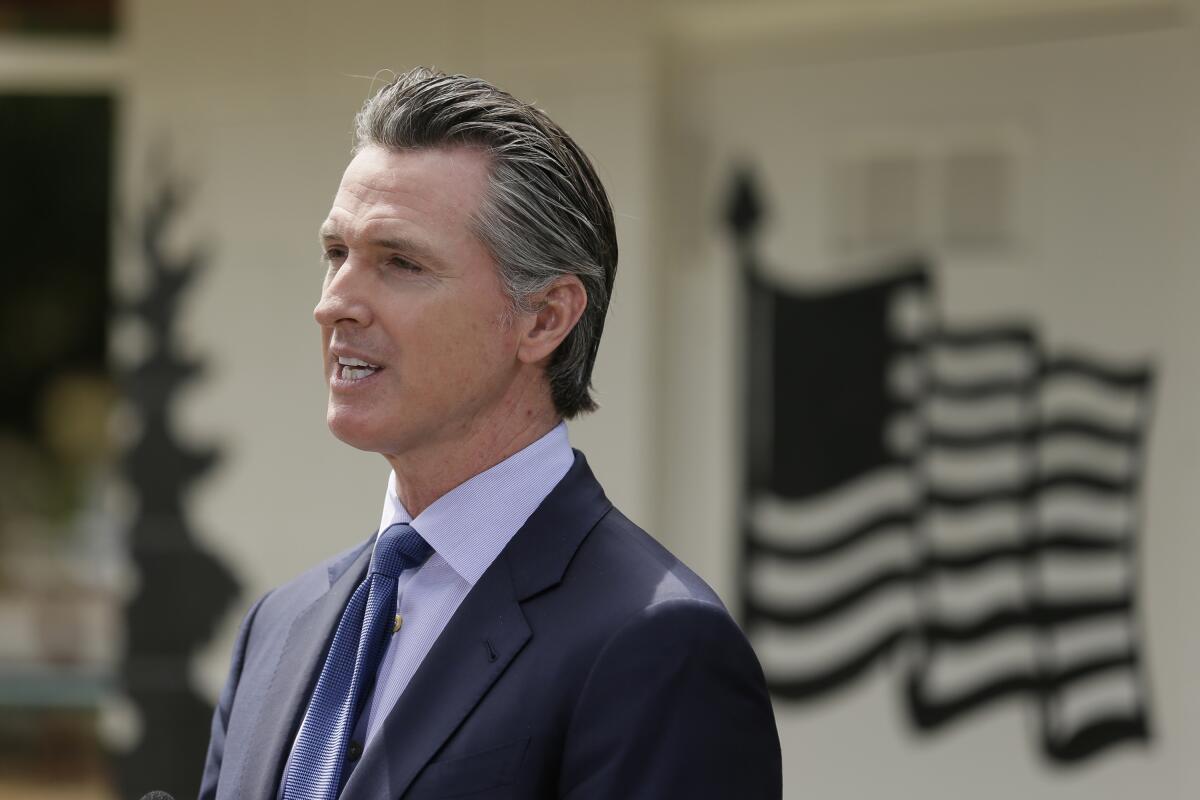
Fearing the coronavirus would spread at polling places in California in November, Newsom issued an executive order to send ballots to all registered voters in the state. Republicans filed a lawsuit saying the governor “has created a recipe for disaster.”
“No state that regularly conducts statewide all-mail elections automatically mails ballots to inactive voters because it invites fraud, coercion, theft and otherwise illegitimate voting,” the lawsuit said.
California Secretary of State Alex Padilla, a Democrat, responded by saying that “expanding vote-by-mail during a pandemic is not a partisan issue — it’s a moral imperative to protect voting rights and public safety.”
Rob Stutzman, a Republican consultant in California who has been critical of Trump, said the lawsuit was a mistake and described Trump’s rhetoric as a threat to the country’s faith in its elections.
“It’s deeply dangerous, cynical, and these party committees should not be aiding and abetting it,” he said. “It’s wrong not just because it’s not true but because the intent is to tear apart American democracy.”
Trump’s attacks have put Republicans in a difficult position, because many of them have tried to harness mail ballots.
Georgia’s Republican secretary of state, Brad Raffensperger, has sent applications to most of the state’s registered voters, for example.
“We are not California,” he said. “The surge of absentee voting has highlighted a greater need of list maintenance and clean voter lists — something California fails to focus on.”
Last week, during a White House meeting about the coronavirus crisis, Trump asked a pair of governors to weigh in on the prospect for election fraud.
Arkansas Gov. Asa Hutchinson, a Republican, gently took a contradictory position by saying he wanted to ensure mail ballots were used appropriately, but “there’s a lot of discussion about how we can make the vote accessible.”
Even Trump’s own rhetoric has become tangled. Earlier this month, the president praised Mike Garcia, a Republican, for winning a California congressional seat in a special election that was conducted almost entirely by mail. Then he complained about “tremendous corruption, cheating” with mail ballots.
One of the politicians who participated in last week’s meeting was Sen. Cory Gardner, a Colorado Republican who won his seat after the state shifted to an all-mail voting system.
In addition, Trump himself votes by mail because he’s registered in Florida.
“It is the height of hypocrisy for a president who votes by mail to prevent other Americans from doing the same,” Sean Eldridge, president of the voting rights group Stand Up America, said Tuesday on a conference call with reporters.
More to Read
Get the L.A. Times Politics newsletter
Deeply reported insights into legislation, politics and policy from Sacramento, Washington and beyond. In your inbox three times per week.
You may occasionally receive promotional content from the Los Angeles Times.
